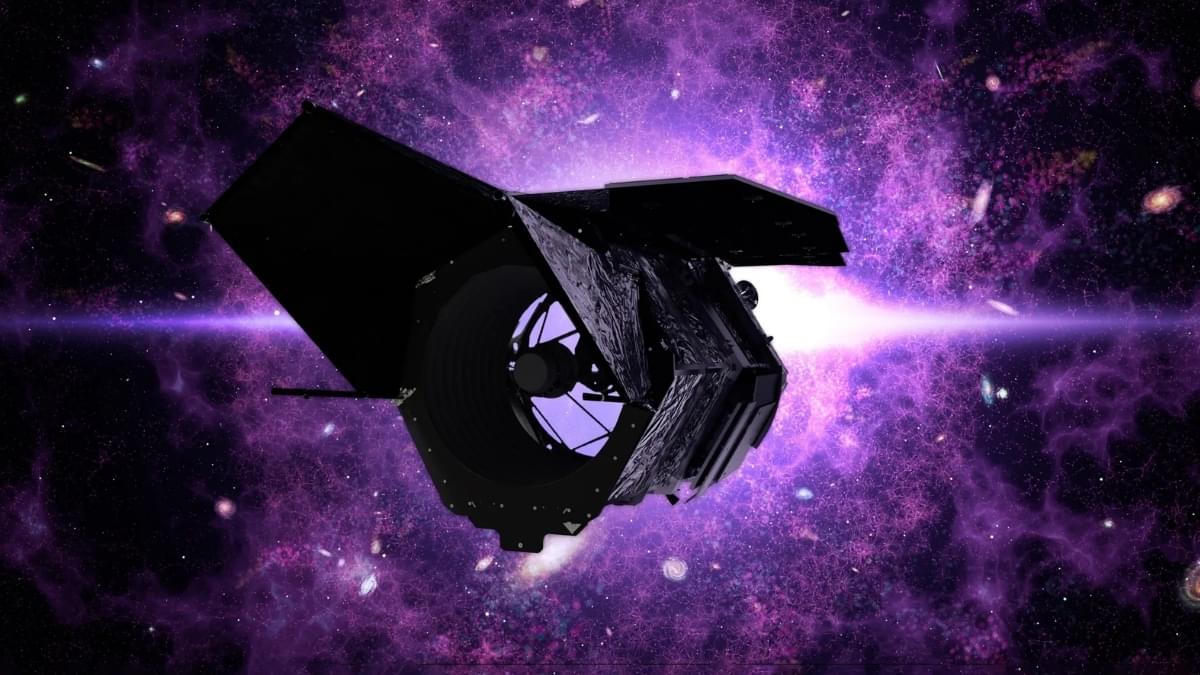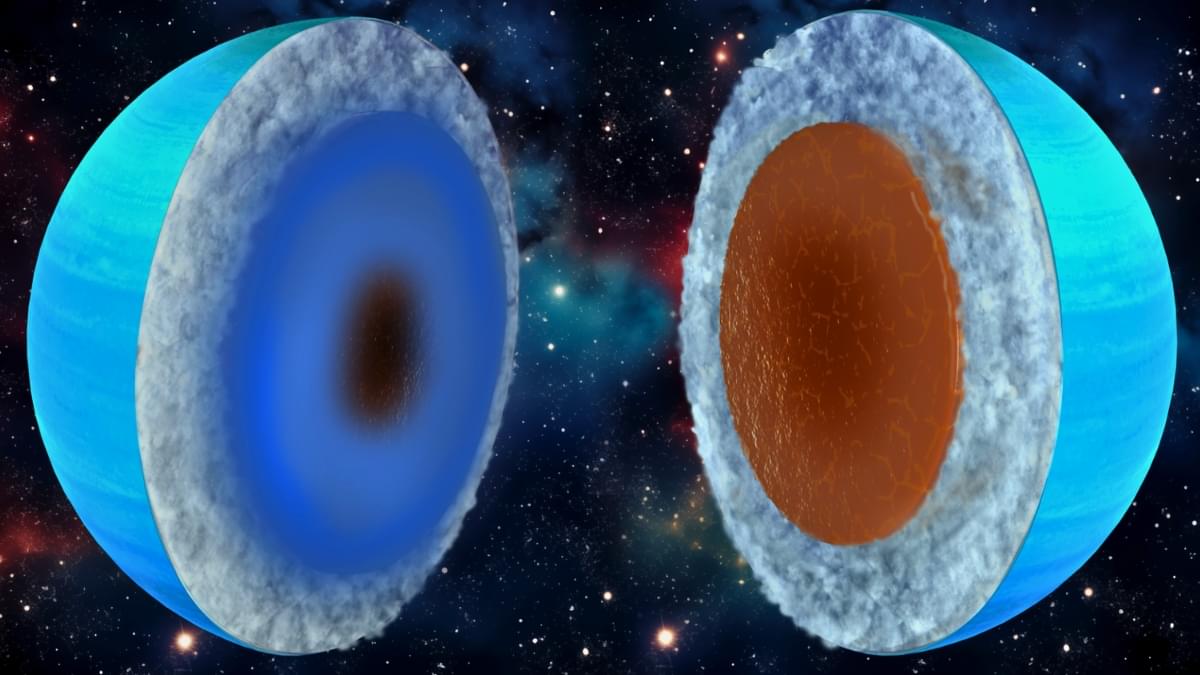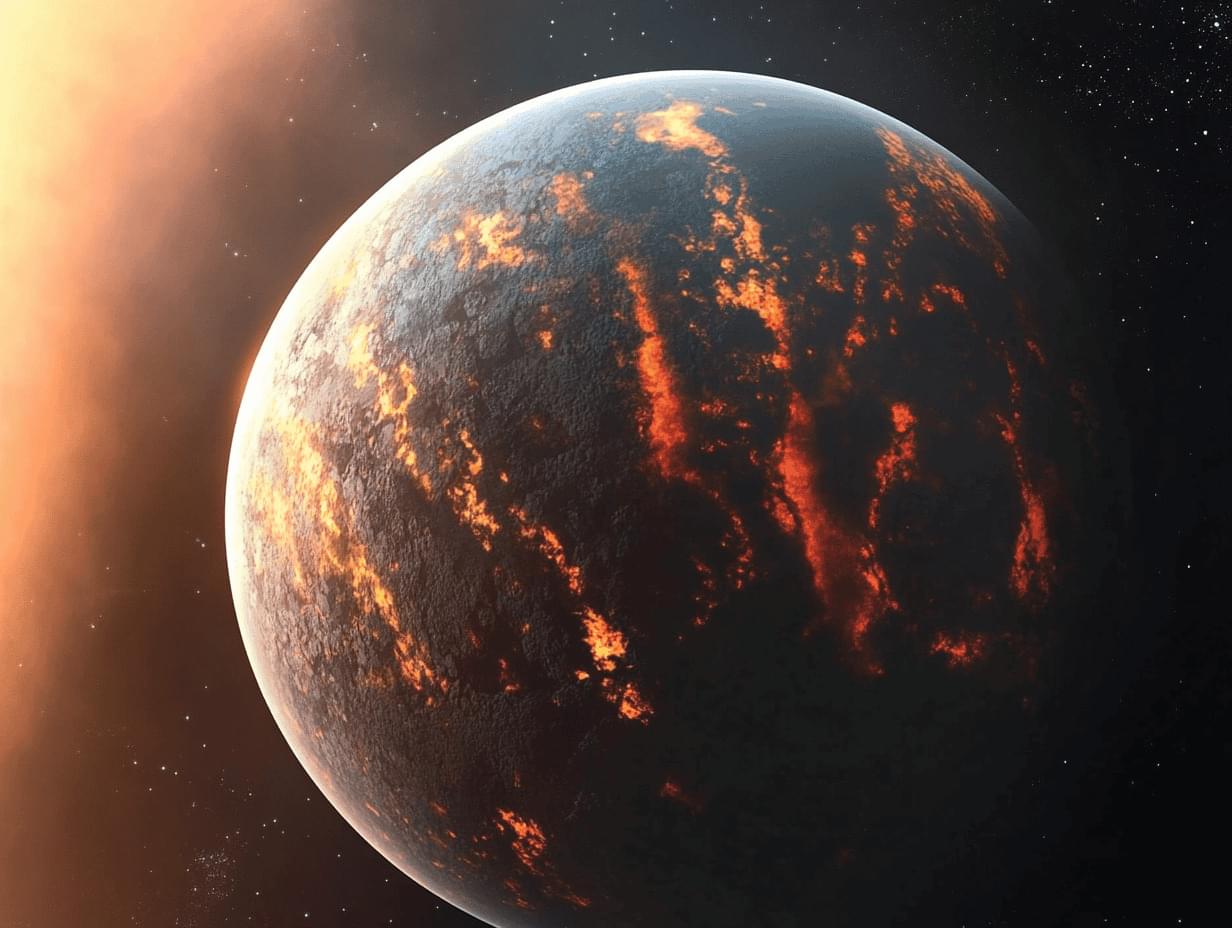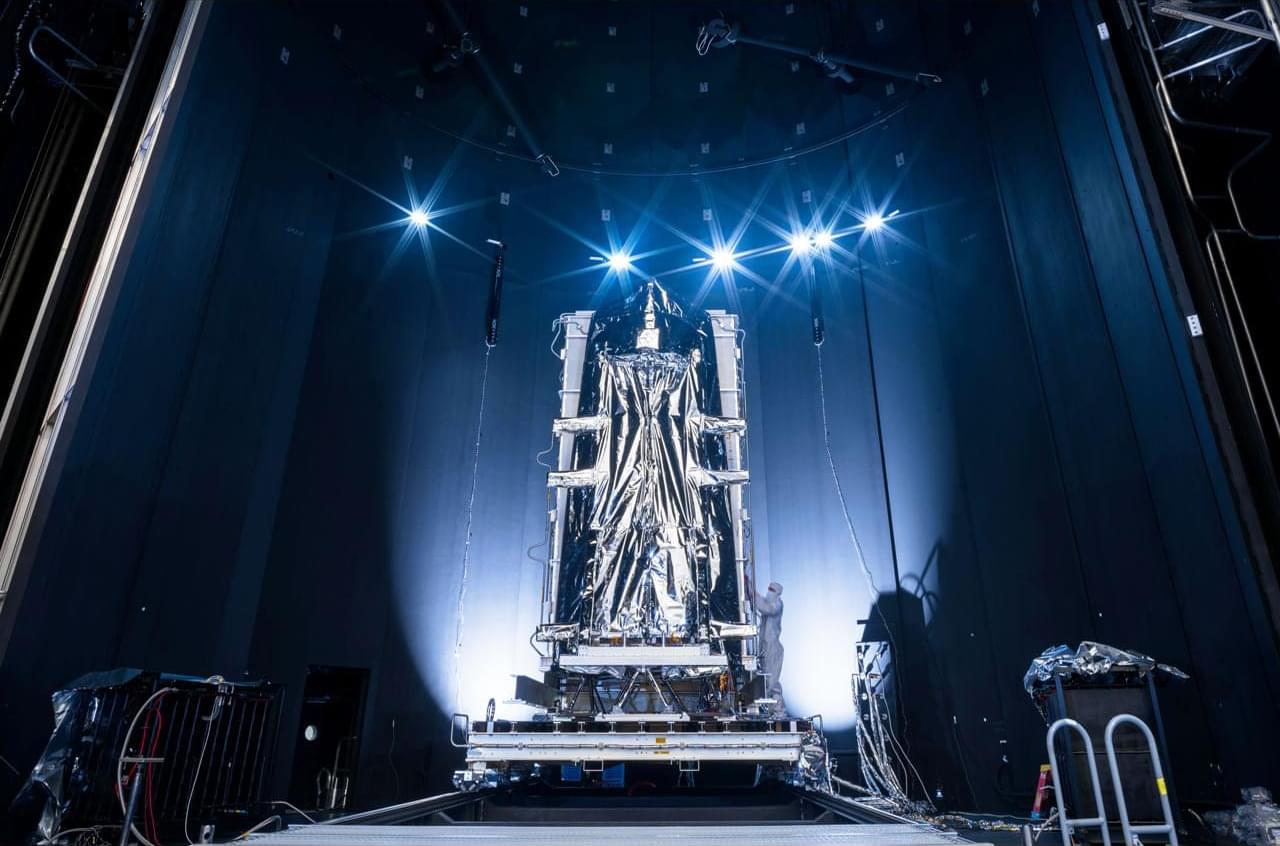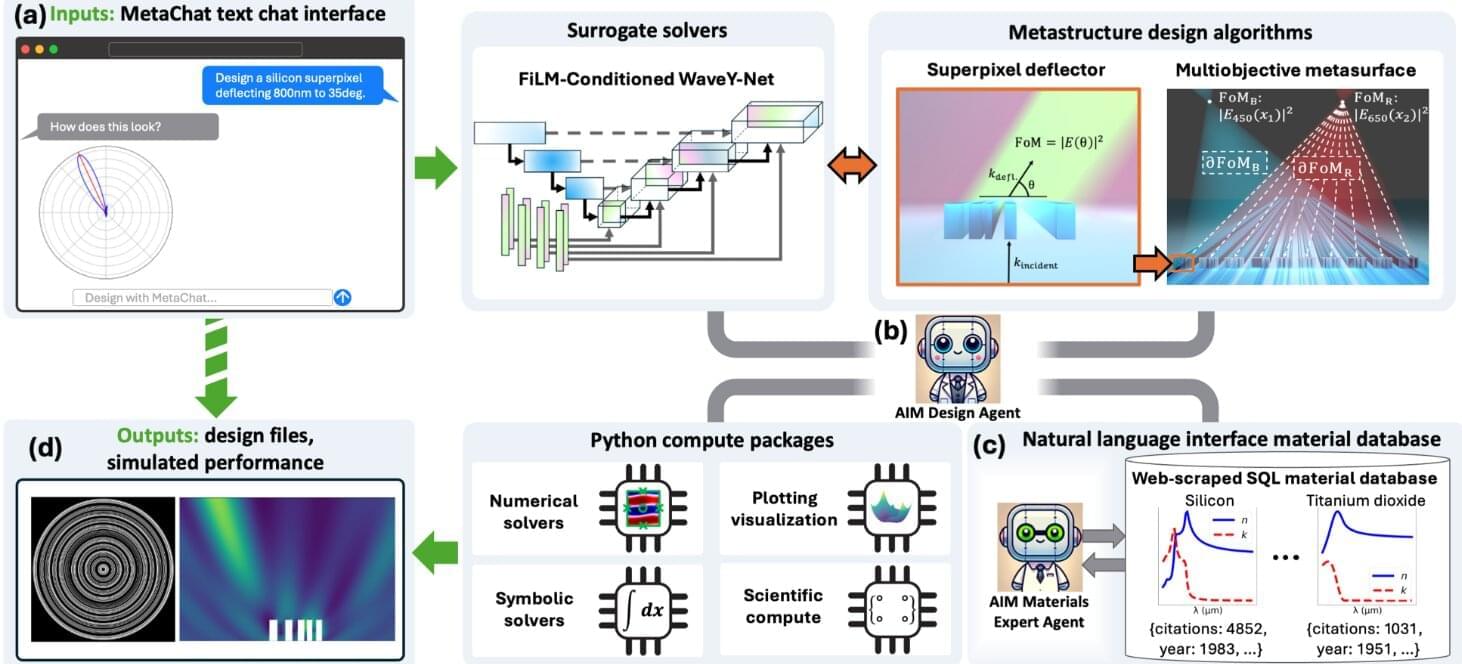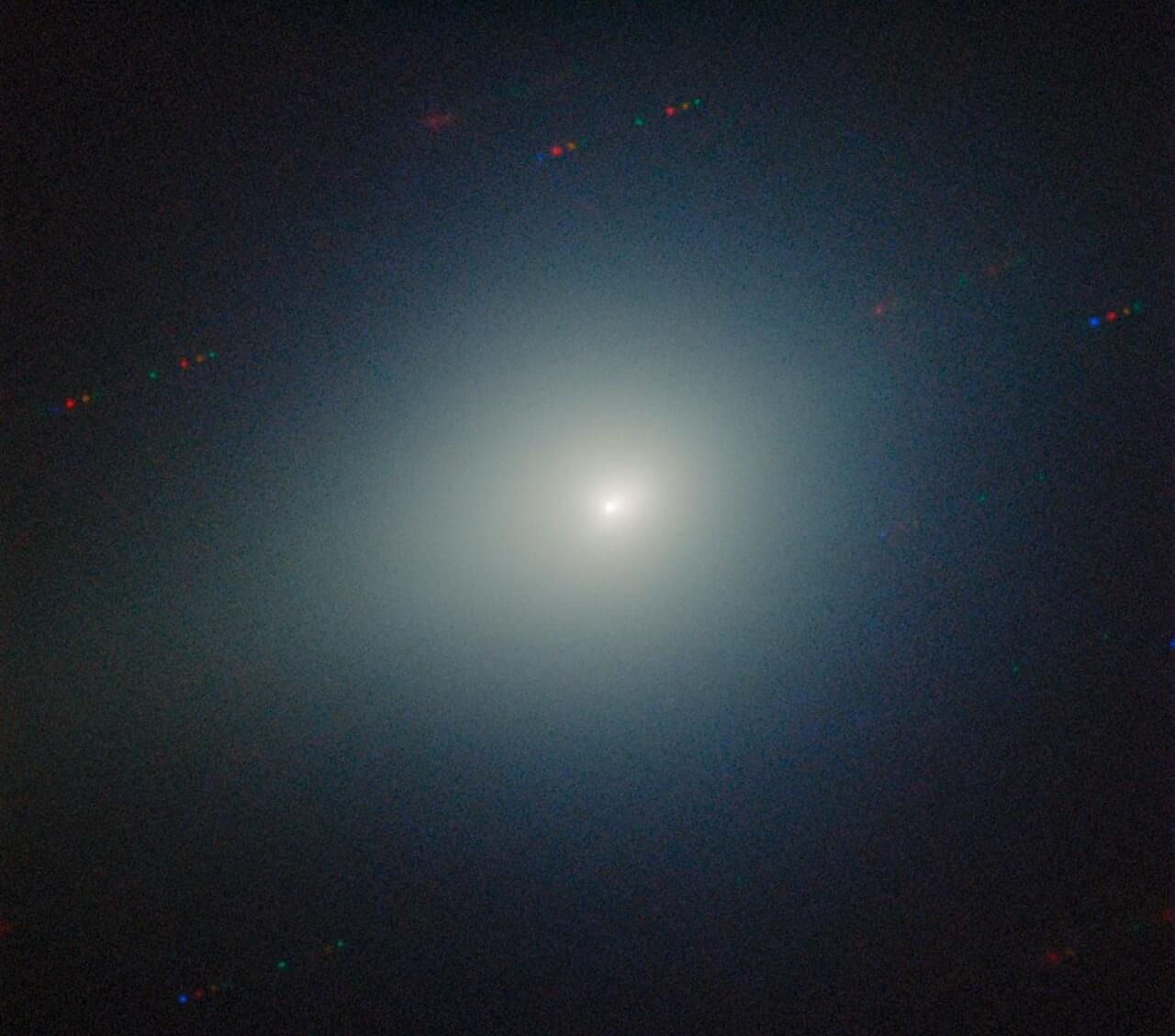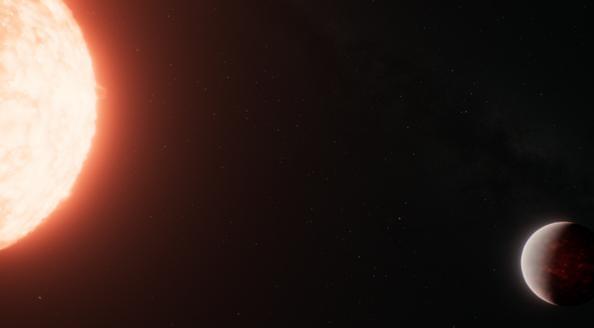In a finding that echoes science fiction, astronomers at Northwestern University have captured a direct image of an exoplanet that orbits two stars, similar to the fictional world of Tatooine.
Directly imaging a planet beyond our solar system is uncommon on its own, but spotting one that revolves around a pair of suns is far more unusual. This newly identified planet stands out even among those rare cases. It travels closer to its two host stars than any other directly imaged planet found in a binary star system and sits six times nearer to its suns than comparable exoplanets discovered so far.
This observation gives scientists a valuable new way to study how planets form and move in systems with more than one star. By watching how the planet and its stars interact, researchers can better test and refine models of planetary formation under complex gravitational conditions.
